Cavity
- High Precision: Ensures exact replication of part geometries with tight tolerances.
- Durability: Built to withstand high pressures and temperatures over extended production runs.
- Customizability: Tailored to support intricate designs, multi-cavity molds, and various part sizes.
- Efficient Cooling: Optimized for uniform cooling, reducing cycle times and improving part quality.
ISO 9001:2015 Certified Processes
ISO 13485: 2016 Medical Device
IATF 16949: 2016 Automotive
No Minimum Order Quantities
In-Process Inspection with CMM
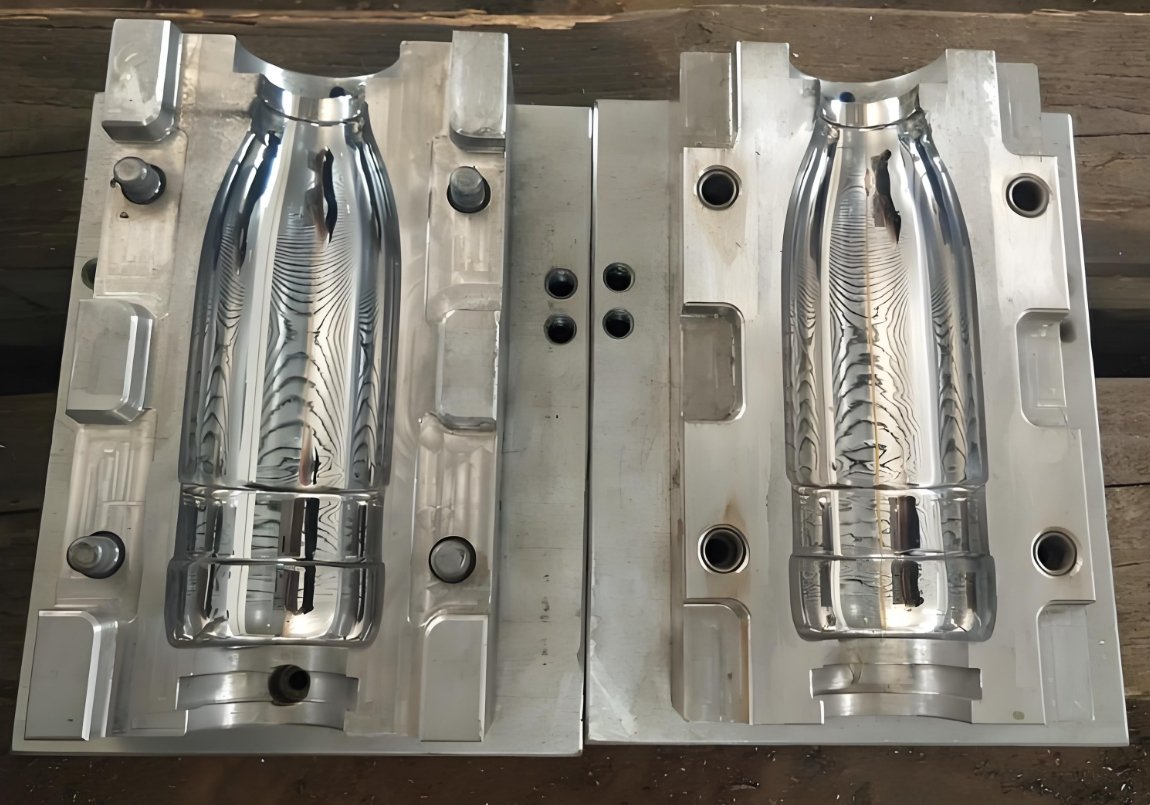
Cavities: Precision Components for Injection Molding
Cavities are the heart of injection molding, forming the precise space where molten plastic is shaped into the final product. These critical components determine the accuracy, surface finish, and overall quality of the molded part.
Our precision-engineered cavities ensure consistent production, minimize defects, and support complex designs across industries such as automotive, consumer electronics, and medical devices.
Key Functions
Processing Materials
Tool Steel
- High hardness and wear resistance for long-lasting performance (e.g., P20, H13).
Stainless Steel
- Corrosion-resistant for specialized applications or high-humidity environments.
Aluminum
- Lightweight with excellent thermal conductivity for faster cooling and shorter cycle times.
Beryllium Copper
- Superior thermal properties for enhanced cooling in specific areas.
Post-Processing & Surface Treatments
To enhance functionality and longevity, our cavities undergo advanced post-processing.

Heat Treatment
Enhances hardness (48-52 HRC for steel) and thermal stability.
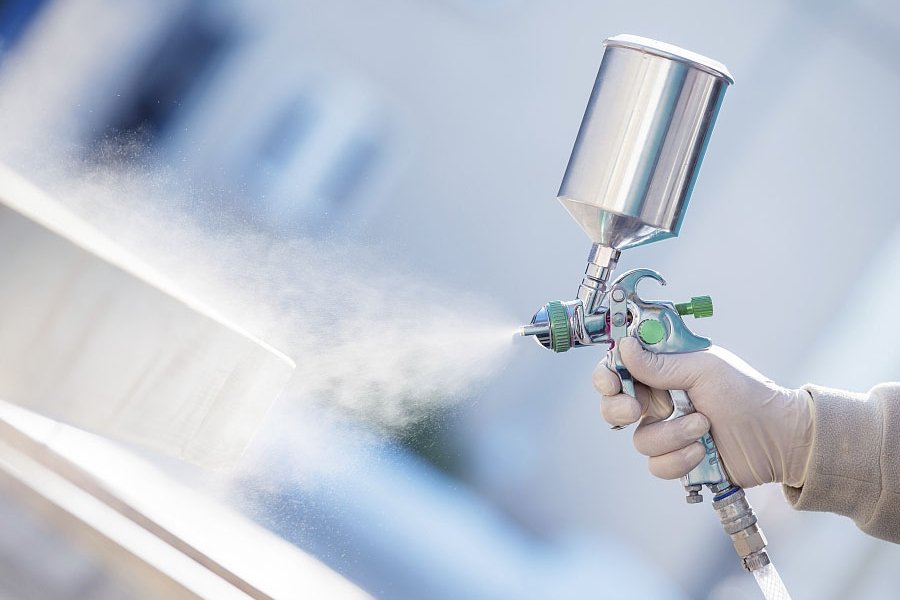
Coatings
Options like TiN, DLC, or chrome plating for reduced friction and extended service life.
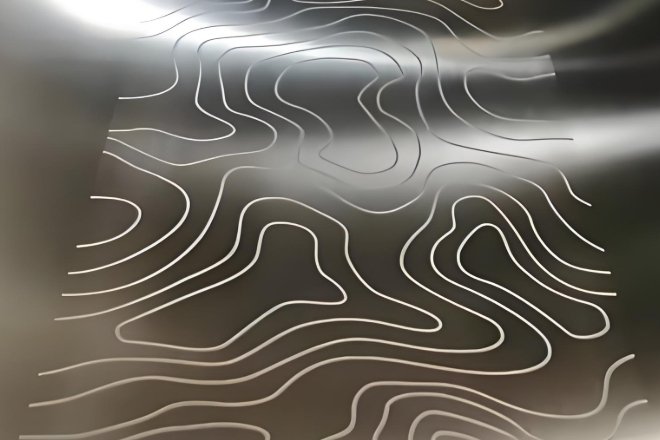
Nitriding
Improves wear resistance for high-volume or abrasive material applications.
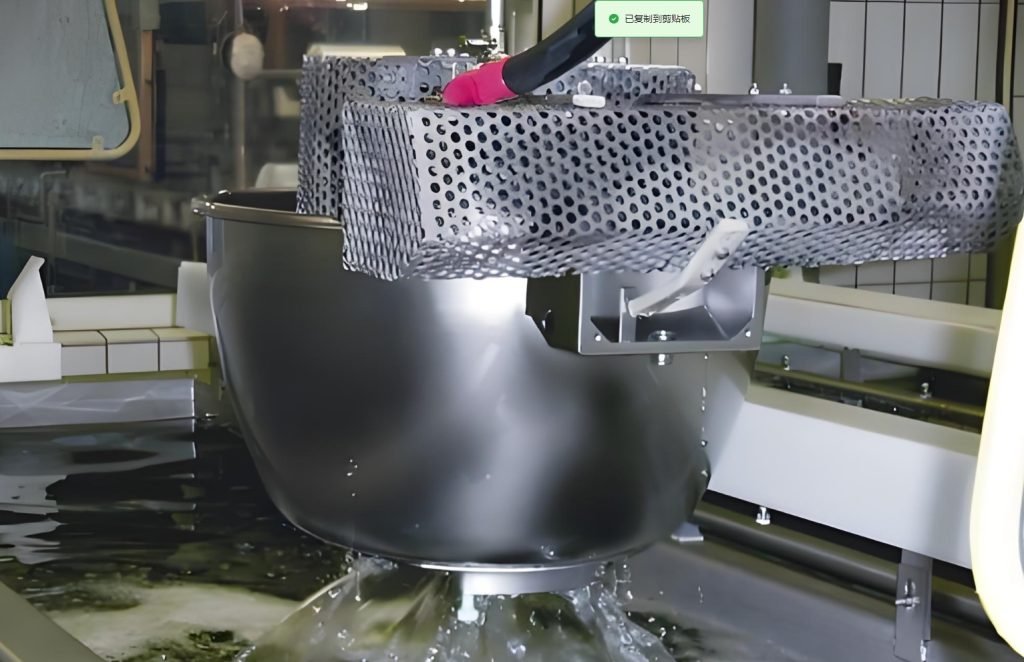
Polishing
Achieves a mirror-like finish (Ra ≤ 0.05 μm) for superior part aesthetics and easy release.
Technical Specs for Mold Cavity
Our processes ensure unmatched consistency and repeatability at fast lead times and affordable pricing.
| Parameter | Specification |
| Hardness | 48-52 HRC (steel); varies by material |
| Max Part Size | Customizable based on mold and machine capacity |
| Surface Finish | Polished to Ra ≤ 0.05 μm (custom finishes available) |
| Dimensional Tolerance | ±0.005 mm (tighter tolerances available) |
| Cooling Channels | Customizable based on part and mold design |
| Cavity Configuration | Single or multi-cavity setups |
| Lead Time | 4-6 weeks (standard); varies for custom designs |
Fecision Mold Component Tooling Network
In response to different service types and diverse business needs, we have deployed suppliers with different manufacturing capabilities.
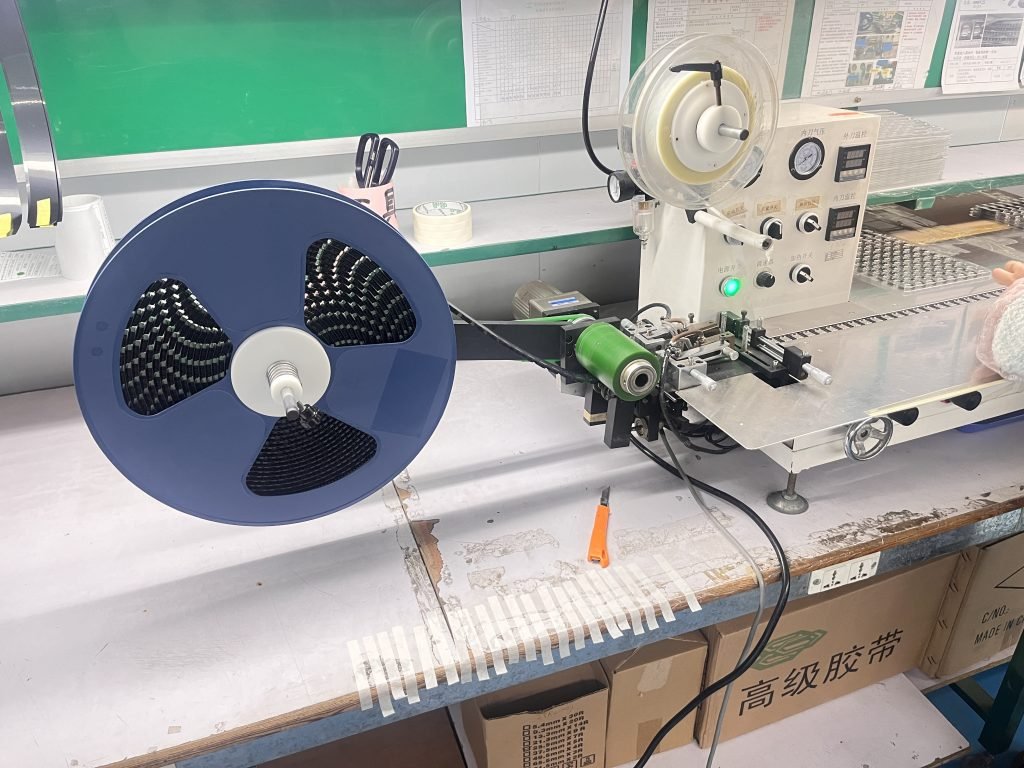
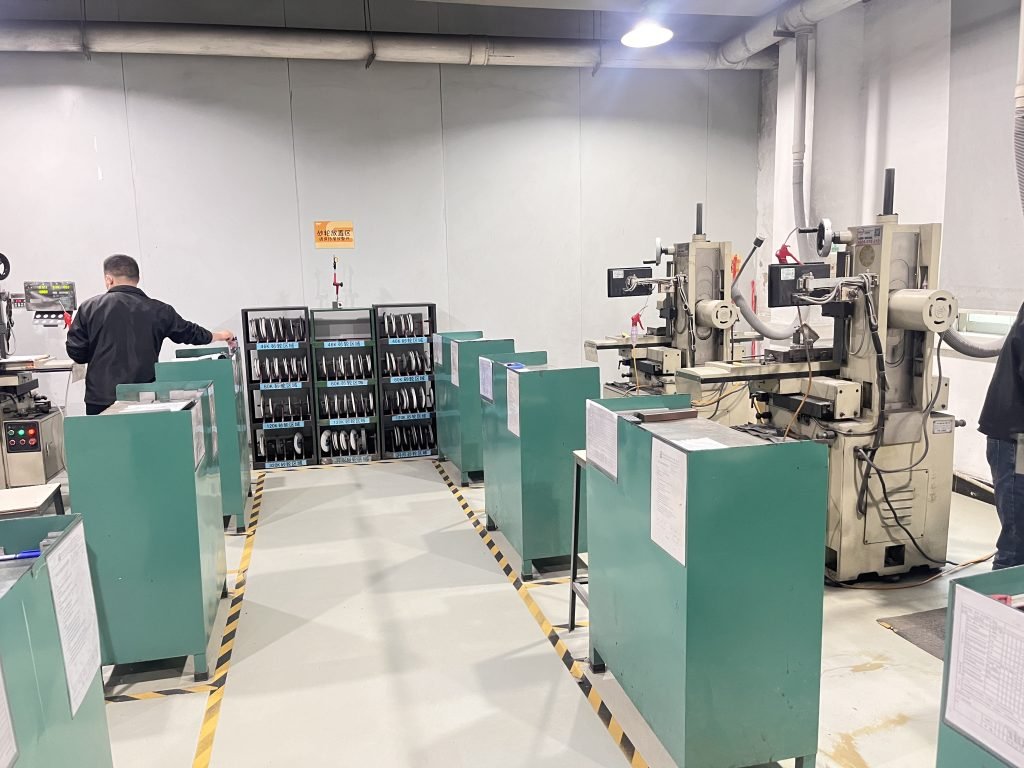
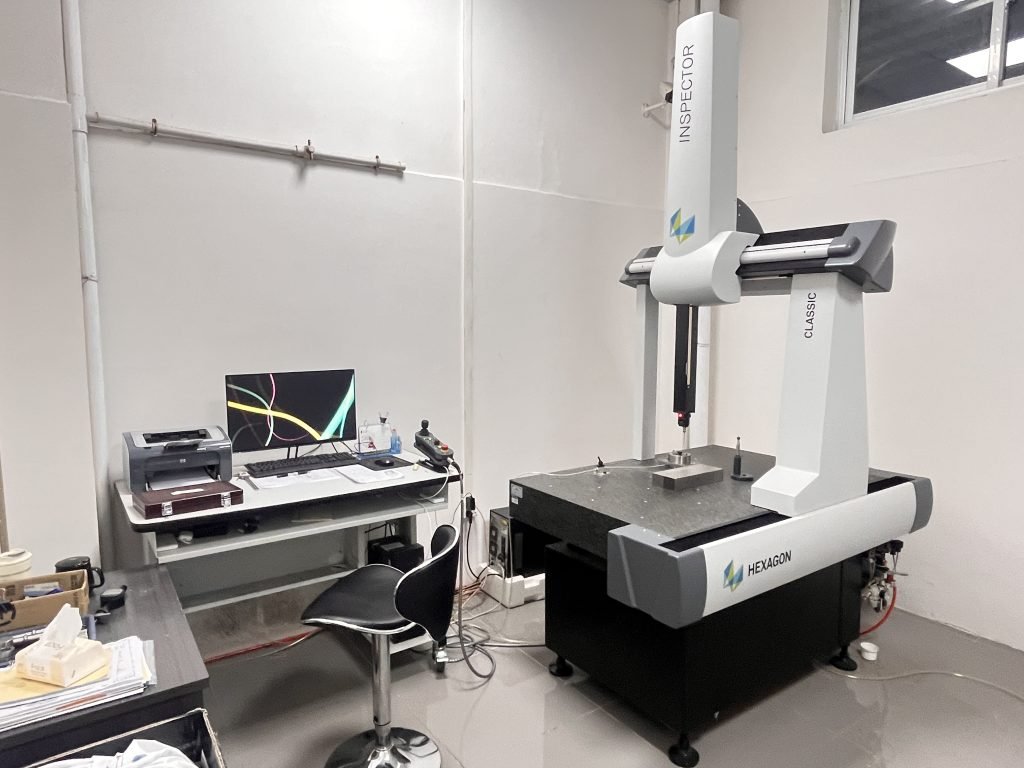
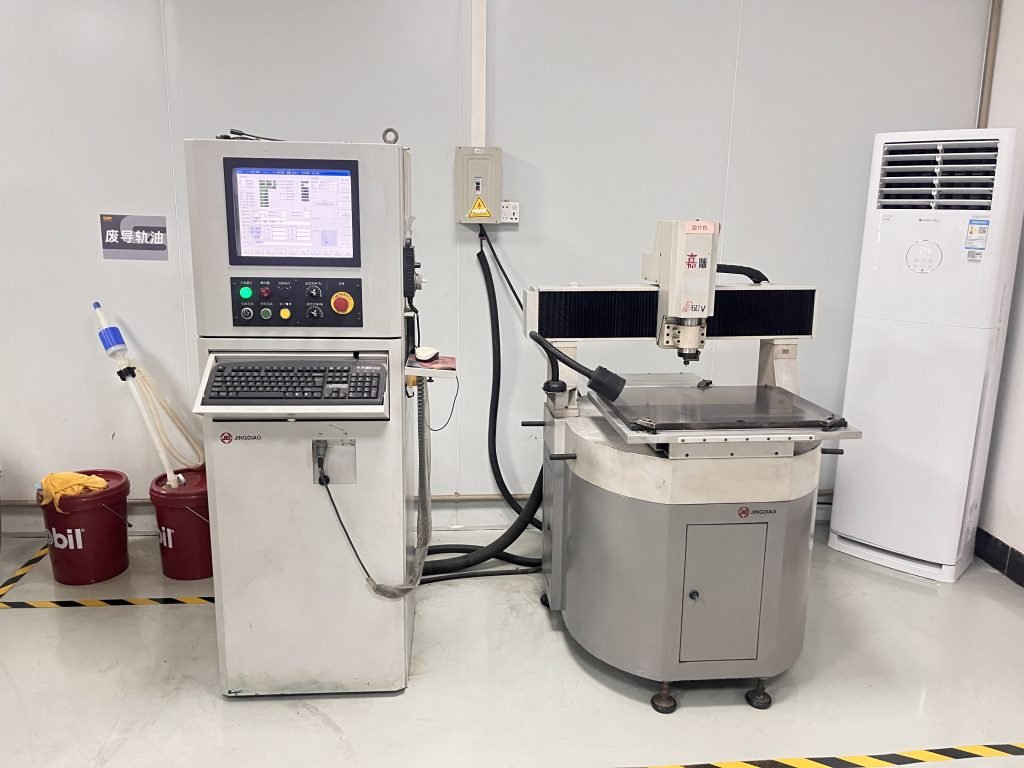
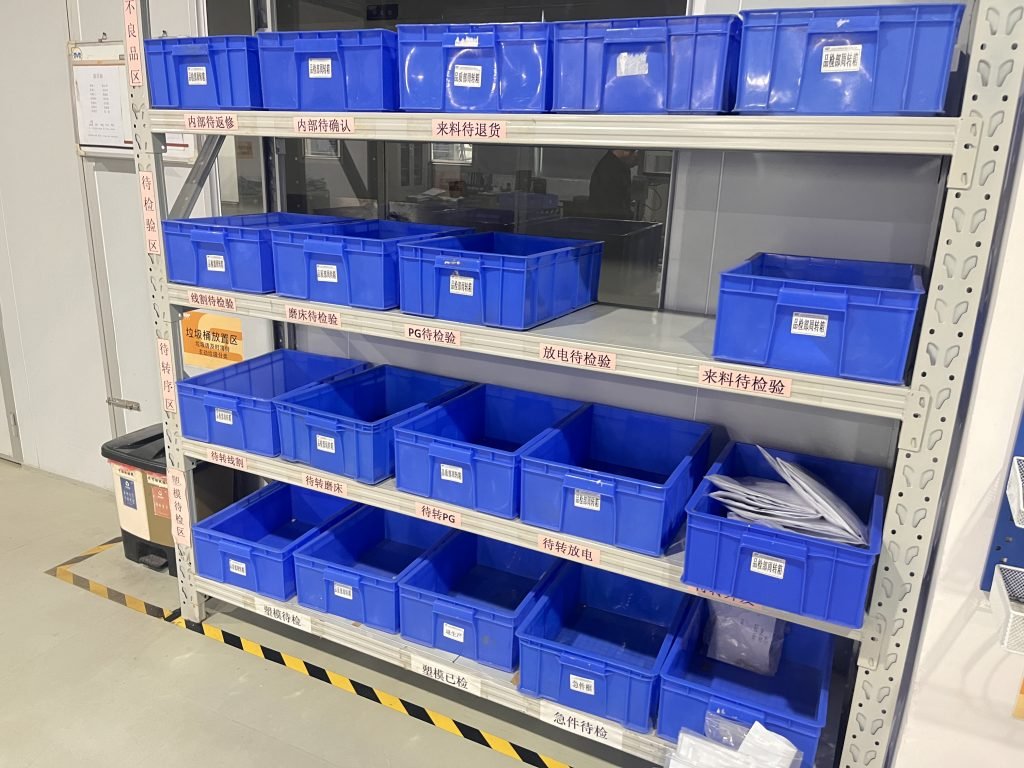
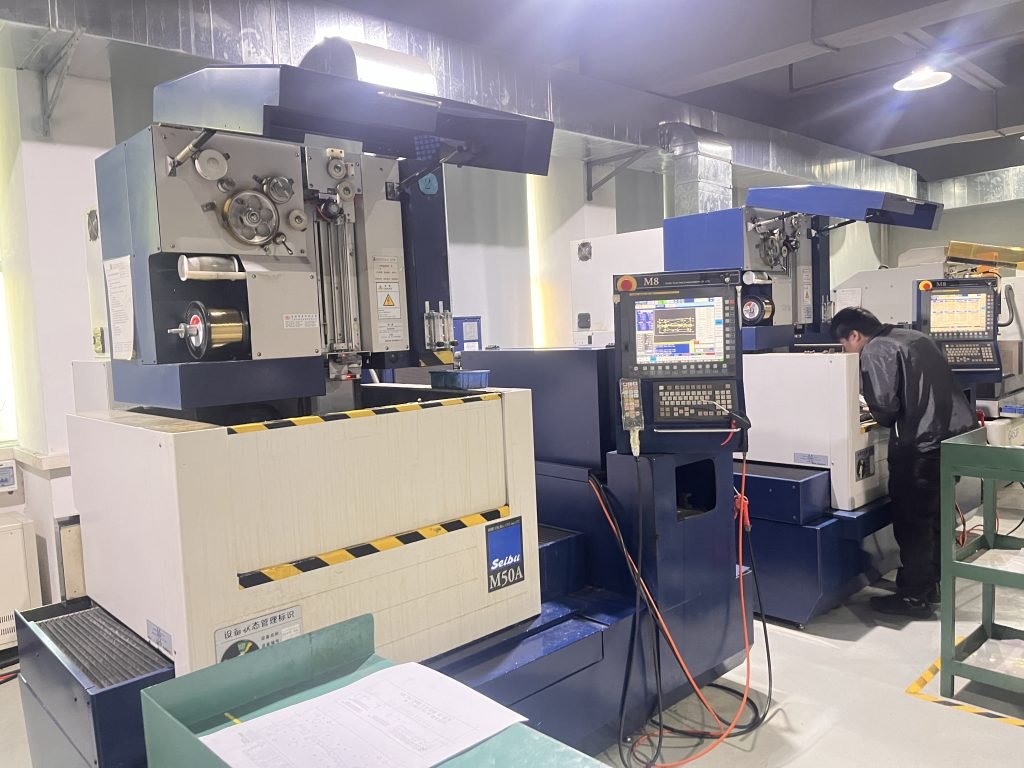

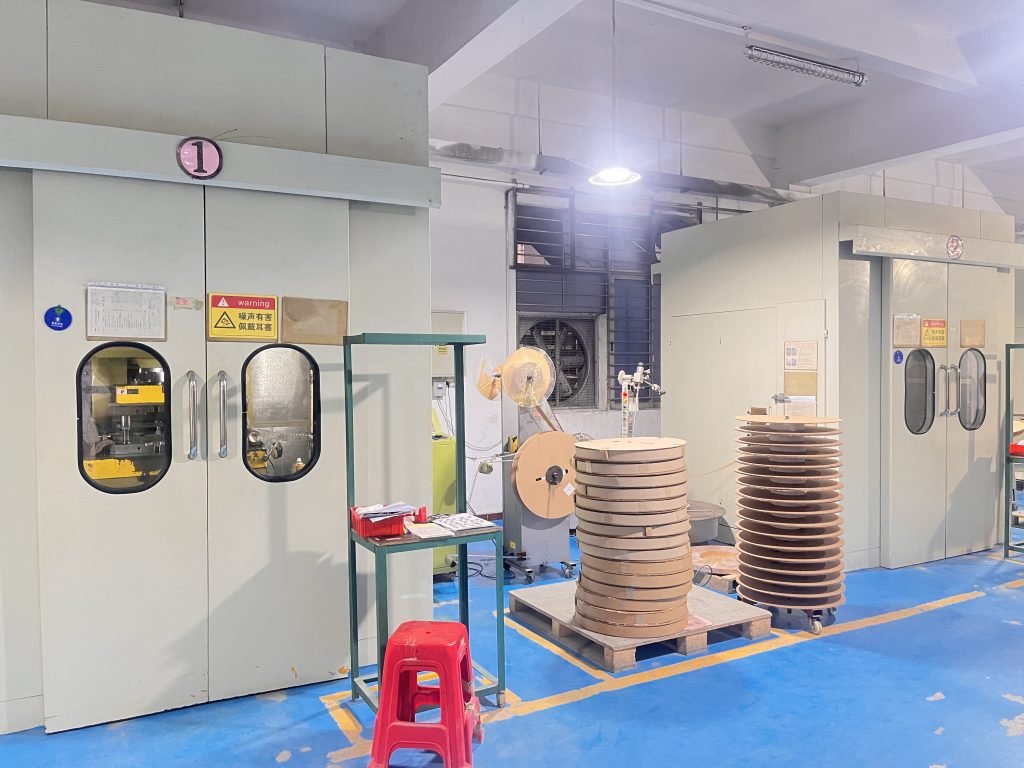
Why Fecision for Mold Components?

Precision and Accuracy
Using state-of-the-art CNC machining, EDM, and other advanced manufacturing techniques, Fecision ensures all mold components meet tight tolerances and high-quality standards.
Customization
Fecision understands the unique needs of each project. Our team works closely with customers to provide tailored solutions, ensuring that each component fits perfectly within the target mold system.
Rapid Prototyping
Fecision offers rapid prototyping for mold components, enabling customers to test and refine designs quickly before moving into full production.
End-to-End Services
From initial design and DFM (Design for Manufacturability) analysis to final mold assembly and testing, Fecision handles every aspect of the mold component manufacturing process.
Process for Manufacturing Mold Components
Manufacturability Evaluation
The initial step involves assessing the manufacturablity of the mold component. If it's deemed feasible, we proceed with production immediately. If not, we will provide a detailed DFM (Design for Manufacturability) report to the customer. If necessary, mold flow analysis is performed to simulate the flow of molten material within the mold.
Material Selection
Next, choose the right material for mold parts. Common materials for mold components include steel alloys, aluminum, stainless steel, specialty alloys, etc. If needed, a prototype may be made using rapid prototyping techniques (e.g., 3D printing, CNC machining) to test the design for fit, function, and manufacturability.
Mold Components Manufacturing
Once the design and materials are finalized, the mold component undergoes CNC machining. If required, the mold component may undergo heat treatment, depending on the material and intended application. For certain components, surface hardening methods such as nitriding or carburizing are applied to increase wear resistance.
Shipping
For molds with multiple components, such as multi-cavity molds or molds with inserts, the individual components are carefully assembled into the final mold system. Once our engineers confirm the product meets all requirements, it will be shipped. We maintain ongoing communication to ensure the customer is fully satisfied with the product they receive.
Let's Start!
Together, we can make something remarkable!
Let us turn your vision into reality. Provide us with your project details, and we’ll create a customized proposal designed specifically for you.




